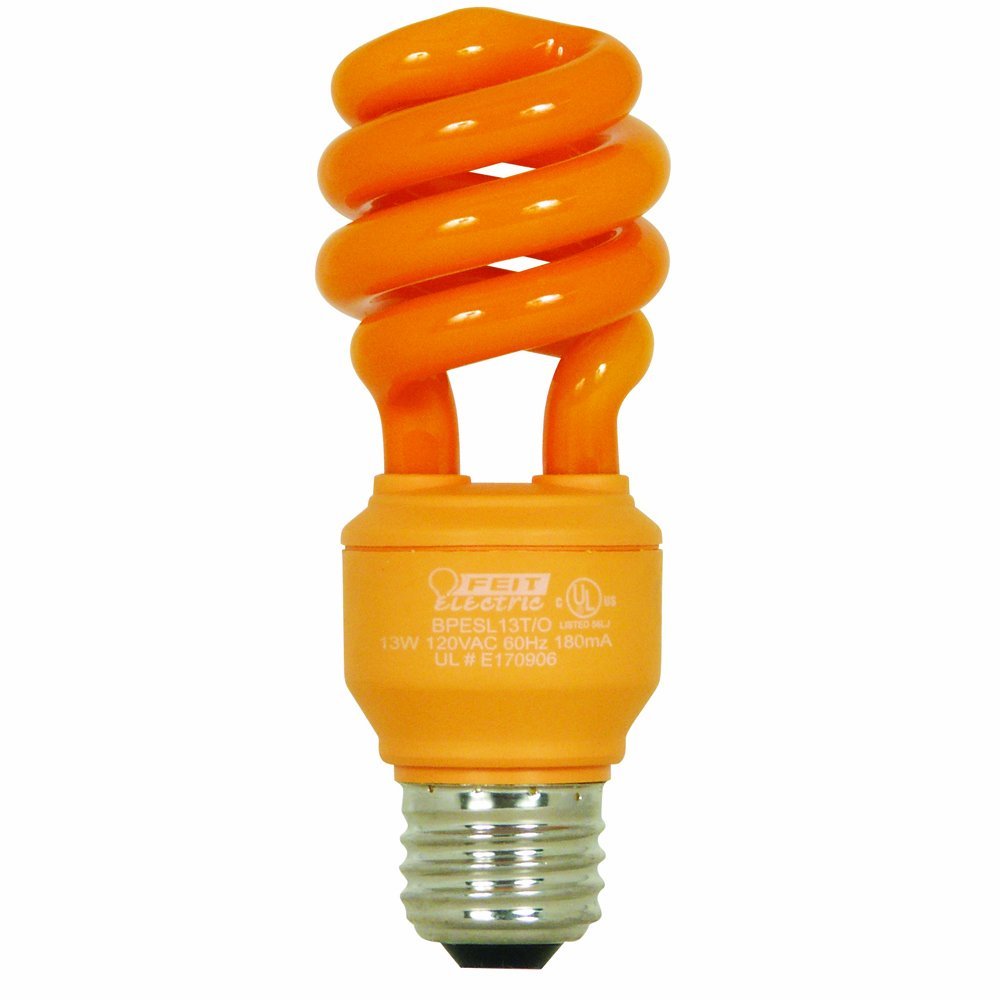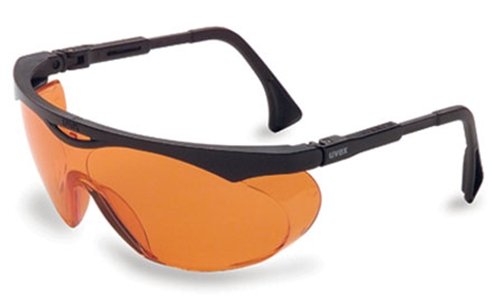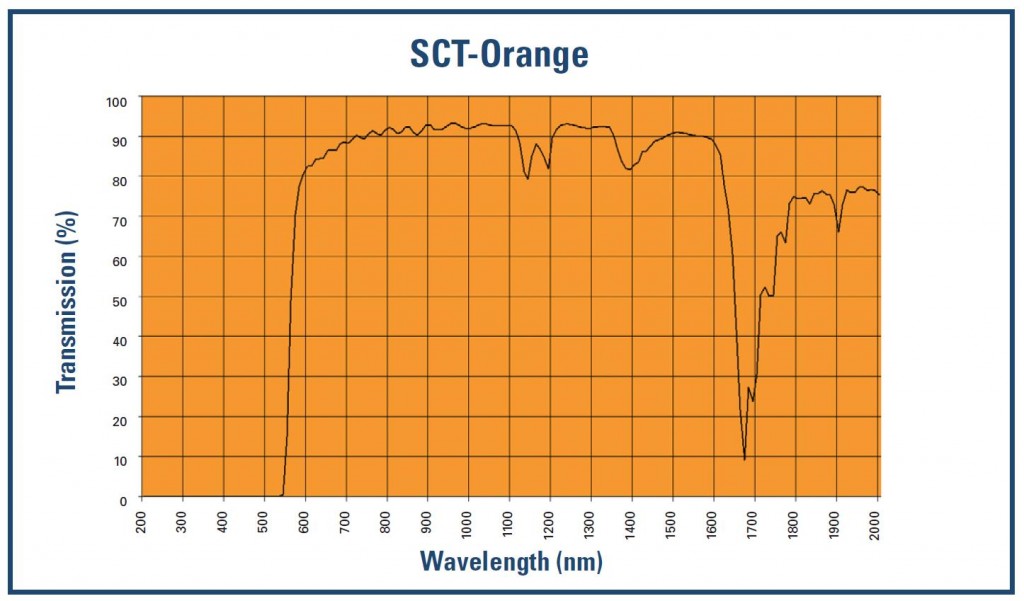The master circadian clock, located in the brain’s suprachiasmatic nucleus (SCN), helps us sync to the sun-earth 24-hr cycle, for wakefulness during the day and a good night’s sleep after dark. Blue light (i.e., ~460-480 nm), detected by the eye’s melanopsin retinal ganglion cells (mRGCs), is one of the SCN’s primary environmental cues. It tells the SCN to suppress melatonin production, which is exactly what you want during daylight hours.
With nighttime blue light exposure, the mRCGs are sending the right signal at the wrong time. As a result, we don’t produce melatonin early enough to get a good night’s rest. With the increased use of electronic screens at night and the replacement of incandescent bulbs and sodium street lamps with “white” fluorescent and LED room lighting, LED streetlamps, and halogen headlights, we are being exposed to much more blue light during nighttime hours than before.
Yes, you can sleep when you’re dead (thank you, Warren Zevon), but there are health risks to consider. Nocturnal light exposure and melatonin suppression have been correlated with increased incidence of breast cancer in women, as well as other cancers. Besides, life is better when you’re awake for it (and sleep is better when you’re not).
So, I did some digging around to see how I can continue to working into the evening without affecting my sleep quality. I found many options:
F.lux is a free software application that adjusts your computer monitor settings to gradually reduce the amount of blue light emitted as night falls. This is my first recommendation. If nothing else, the sunset-like color palette is very relaxing and I find that I can work longer without eyestrain. It’s also available for Apple handheld devices, but at the time of this post, they must be jailbroken first.
There are also a number of options for low-blue light bulbs, as you might expect. The “Good Night” LED bulb from Definity Digital was originally developed to help astronauts on the ISS maintain their circadian rhythms. It’s similar to a warm incandescent in overall color, so it seems like a good option for replacing room lighting, but it’s not the most economical option if you just want to experiment.
For that, I’m using a $5 orange CFL “party bulb” made by Feit Electric (#BPESL 13T/O). I’ll add the emission spectrum to this post once it’s available. I think it’s safe to assume that the blue output is very low. It casts a distinct orange hue. I wouldn’t recommend it for reading a book, but I think it’s reasonable for working at the computer. After a few minutes, I don’t notice the color. In any case, it’s a cheap test to determine whether or not blocking blue light will help you sleep better.

I also tried a pair of orange-tinted polycarbonate glasses (Uvex S1933X). These are basically safety glasses that you would find in a laboratory. The manufacturer’s transmittance spectrum indicates very good absorption below 540 nm, which makes them suitable for this purpose. They were favorably reviewed on Amazon by hundreds of users. However, I found that the lenses weren’t clear enough for reading or watching videos on my iPad, so I’ll save them for UV-curing.

This just scratches the surface. There are many other options to explore if you want to experiment with blue blocking (try googling “blue” and “melatonin”). If you’re interested in the physiological side of this, I’d recommend checking out Petteri Teikari’s PhD thesis, which explains in great detail what melanopsin is and how it affects circadian rhythms. It also references several studies that link nighttime light exposure and melatonin suppression to cancer. The F.lux website provides a lot of useful links and you can download their freeware there as well.
Wishing you all a lovely, restful holiday!
Donna

Leave a Reply
You must be logged in to post a comment.